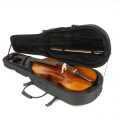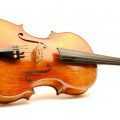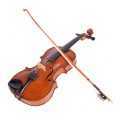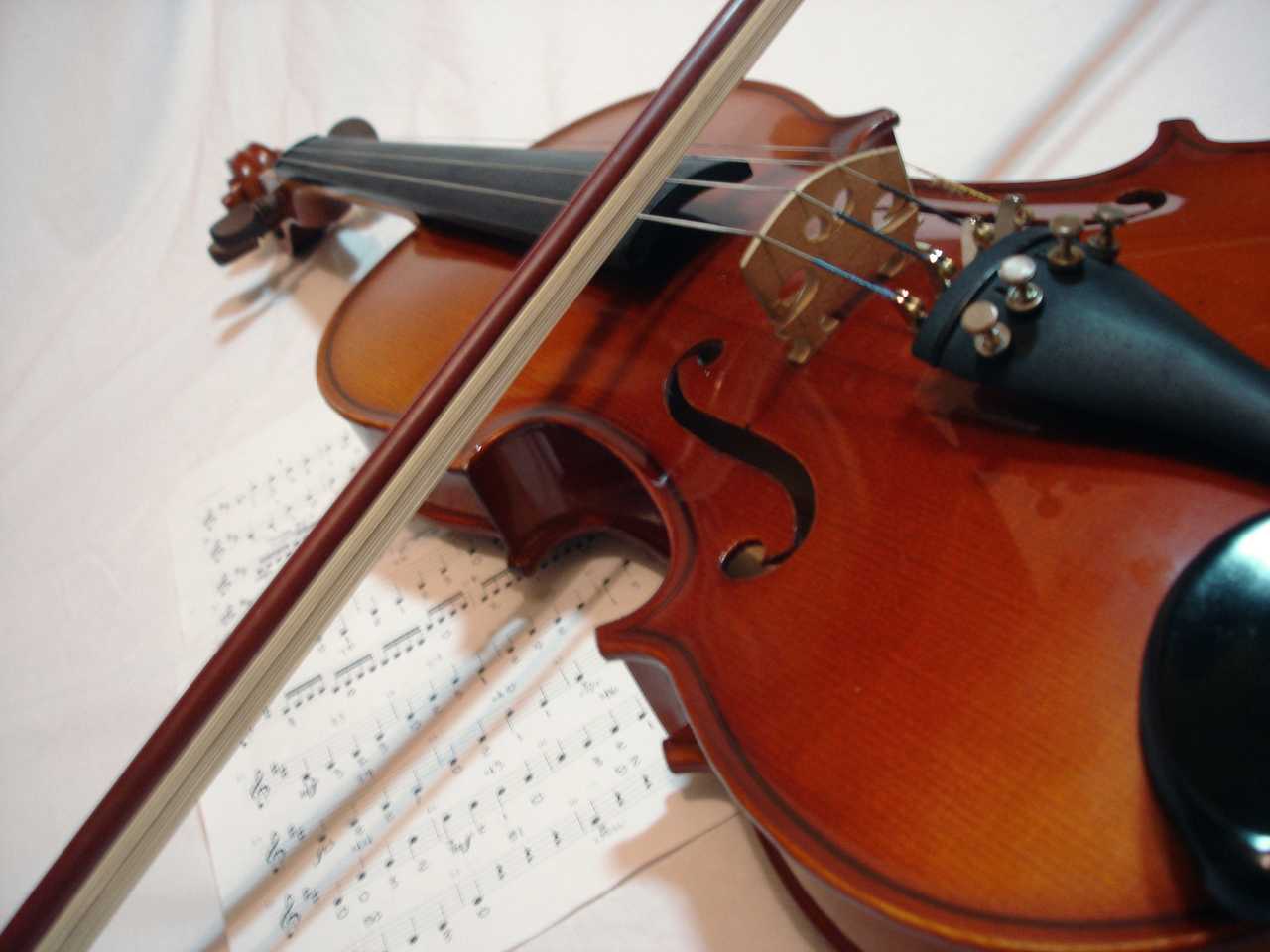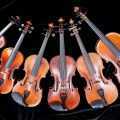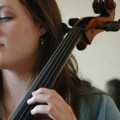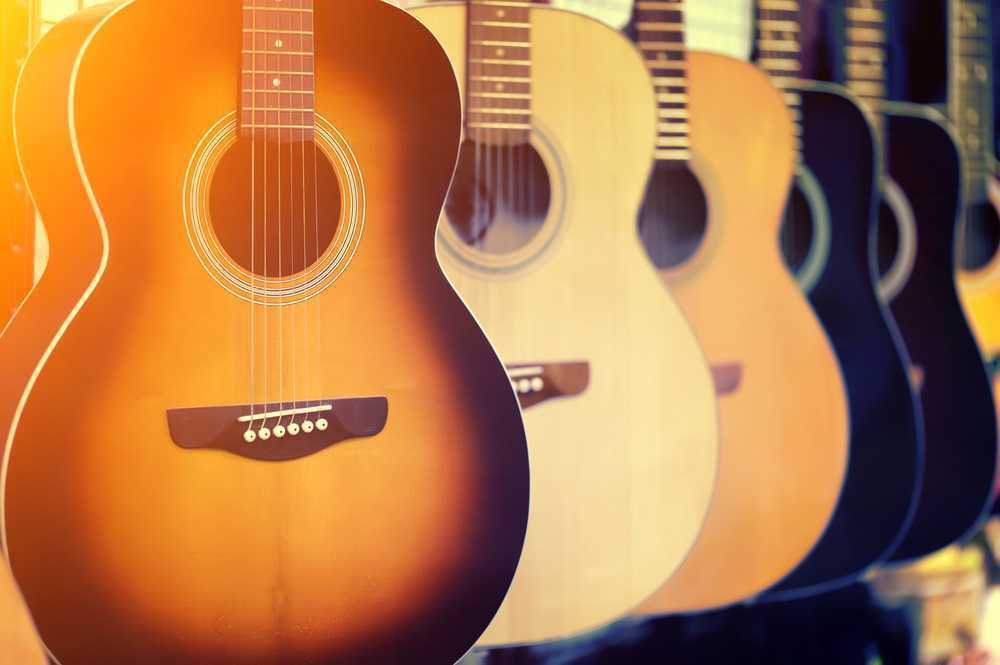Besides actually renting or buying a violin, there are different must have string instrument accessories that will be needed in order to make a successful student! Some items will be instrument specific, but many will be universal to the string instruments of Violin, Viola, Cello, and Bass.
Accessories every string student needs:
Chin Rest: Violins and violas will use chin and shoulder rests that come with the instrument. These will be more than suitable for a beginning student, so there will likely not be the need to upgrade. This also is true for the bows that will come with the instrument.
Case: All string instruments will come with a case, but there are some variations. All violins and violas will have a hard case. Some are very basic, and some much more elaborate. For a beginning student, the basic hard case is more than satisfactory, and will keep the violin or viola safe as it travels.
Cellos and basses can come with a hard or soft case. Most beginning students, with student level instruments, will come with a soft case. This helps the student to transport the instrument, but it is important that they learn how to handle it while traveling and storing. String instruments are delicate, and it is important that the student knows how to manage the instrument as to not damage it. Hard cases for cello and bass are usually only used by advanced level or professional musicians, as they are expensive and are very helpful when the instrument travels a lot. Many will also have wheels on them, or back straps so that players have an easier time moving the large instruments.
Music stand: You will most likely want to purchase your own stand for practicing purposes and any playing that you plan to do outside of concert halls, or professional performances. The most practical stand to purchase is a folding music stand that comes in separate pieces. This type of stand allows height adjustment (sitting for cellos, and standing or sitting for violins, violas and bass), and easy transport as they can fold up and travel easily, and are inexpensive. Some even come with a carry bag.
End pin rest for cello and bass: Cellos and basses are held up by endpins which can be adjusted to the height of the student. For these, you will need an endpin rest. Some are adjustable and attach to the chair, while others are independent, and are usually made of a rubber type material as to prevent the instrument from slipping.
Little extras you will need for string lessons:
Rosin: All students will need rosin for their bow. Rosin is applied to bow stings before playing to help the bow grip the string better, thus producing a more quality sound. A lighter rosin will be used for violins and violas, and a darker for cello and base.
Cleaning cloth: With the use of rosin comes a residue that will end up on the instrument below the strings, bridge, and fingerboard. It is important to have a soft piece of cloth (that most instruments will come with) in order to clean the instrument after playing.
Finger tape: One of the hardest parts of learning a string instrument is correct finger placement in order to produce the right pitch, as there are no frets for guidance. Finger tape is helpful in that it can be put on the fingerboard so a student has a visual and physical guide for correct finger placement.

